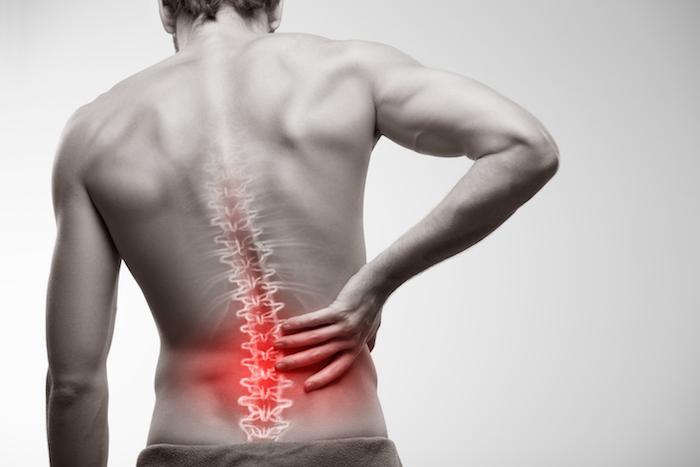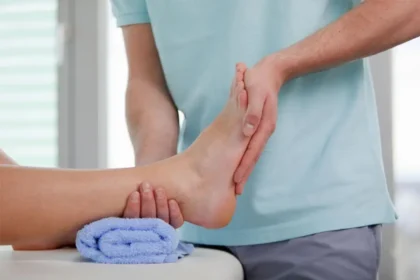Sciatica causes pain that radiates from the lower back down through the legs. This condition occurs when the sciatic nerve, the longest nerve in your body, becomes compressed or irritated. Understanding sciatica and its available treatment options can help you make informed decisions about managing this often debilitating condition.
Understanding Sciatica Pain
Sciatica refers to pain that travels along the path of the sciatic nerve, which branches from your lower back through your hips and buttocks and down each leg. The condition typically affects only one side of your body and results from compression of nerve roots in the lower spine. Common causes include herniated discs, bone spurs, spinal stenosis, or muscle inflammation that puts pressure on the sciatic nerve.
The severity of sciatica pain can vary significantly from person to person. Some individuals experience mild discomfort, while others face sharp, burning sensations that make daily activities challenging. The pain often worsens with prolonged sitting, sudden movements, or coughing and sneezing, as these actions can increase pressure on the affected nerve.
Recognizing Common Symptoms
Sciatica typically causes pain that radiates from the lower back through the buttocks and down the leg. It often extends below the knee. The pain can feel sharp, burning, or achy. It is often accompanied by numbness, tingling, or muscle weakness in the affected leg or foot. Symptoms may include difficulty moving the leg or foot. There can also be a pins-and-needles sensation in the toes. The pain typically follows the sciatic nerve and may worsen with prolonged periods of sitting. Some individuals find relief through walking, lying down, or specific movements.
Exploring Treatment Options
Non-invasive treatments often serve as the first line of defense against sciatica pain. Physical therapy plays a role in recovery, focusing on exercises that improve flexibility, strengthen supporting muscles, and promote proper posture. Heat and ice therapy can provide temporary relief, while over-the-counter pain medications may help manage inflammation and discomfort.
For more severe cases, medical interventions may become necessary. These can include:
- Prescription medications such as muscle relaxants or anti-inflammatory drugs
- Epidural steroid injections to reduce inflammation around the nerve root
Alternative treatments, such as acupuncture, chiropractic care, and massage therapy, have shown promise for some patients. In rare cases where conservative treatments fail, and symptoms persist or worsen, surgical options may be taken into account. These include procedures such as discectomy or laminectomy to relieve pressure on the sciatic nerve.
Preventing Future Flare-Ups
Maintaining good posture, strengthening core muscles, and improving flexibility through activities such as swimming, walking, and yoga can help reduce the risk of sciatica recurrence. Proper lifting techniques, ergonomic workplace setups, and regular breaks to stand and stretch are also beneficial. Maintaining a healthy weight and sleeping on a supportive mattress helps reduce spinal stress and promote long-term spinal health.
Take Control of Sciatica Pain
Sciatica can impact your quality of life, but early intervention and the right combination of treatments can provide relief and promote recovery. If you’re experiencing persistent lower back pain radiating down your leg, consult a healthcare professional for a proper diagnosis and treatment plan. Taking proactive steps can help you regain mobility and return to the activities you enjoy.









